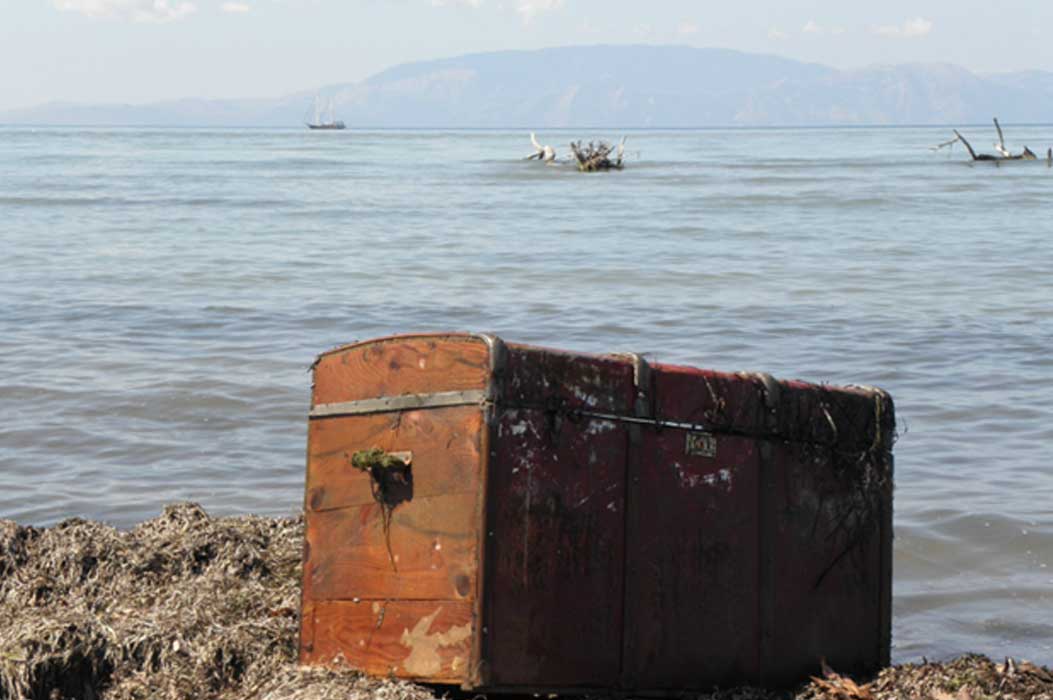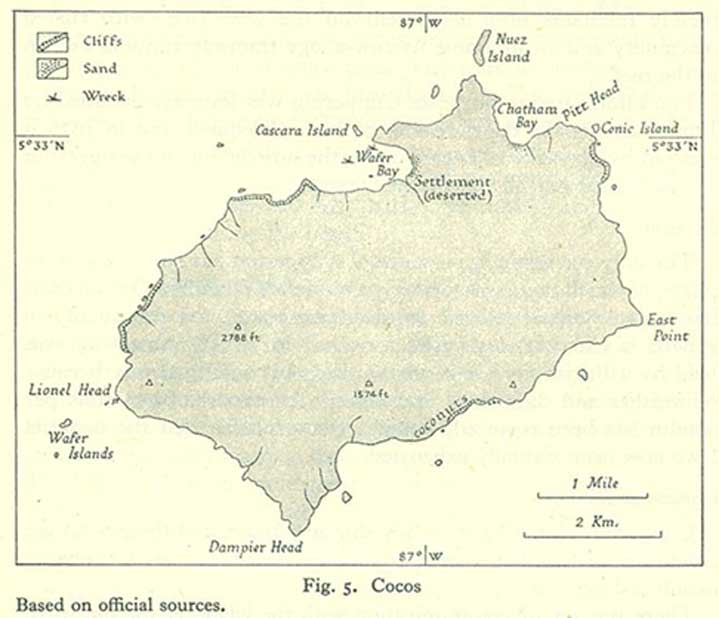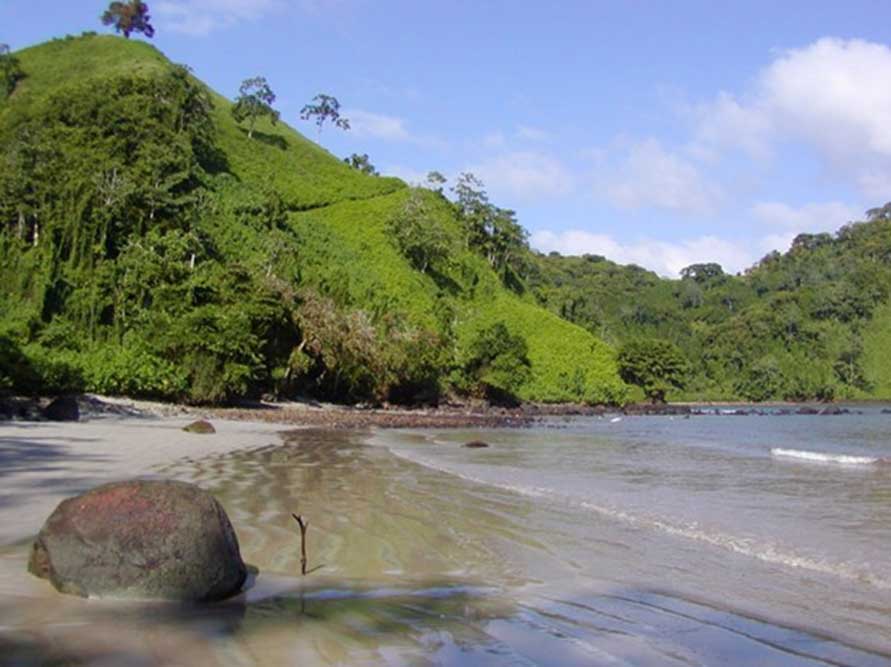
Captivating Great Treasure of Lima
Isla del Coco, or Cocos Island, has been visited for over 300 years by infamous pirates like ‘Benito of the Bloody Sword’ and explorers such as Sir Francis Drake. In more modern times famous treasure hunters like President Franklin Roosevelt have quested this island for what is without question, the largest real life lost treasure ever hoard known to mankind - The Great Treasure of Lima.

Cocos Island. Map Collection of the Perry-Castañeda Library, University of Texas. Public Domain
Cocos Island is a designated National Park located in the Pacific Ocean and is situated some 342 miles (550 kilometers) off the coast of Costa Rica, with an area of approximately 9.21 miles2 (23.85 kilometers2). An official Costa Rican survey of the island in 1895 reported: “There are signs of mineral wealth, and gold has been found,” but the natural gold on this island nowhere near matches the volume of gold that has been hidden there.
Treasure legends permeate the cracks of every rock on this island, for example, according to writer Reagan Smith in 1845 a British explorer found: “an iron-bound chest high in a cave overlooking Wafer Bay, which spilled out a golden hoard of Spanish coins.” What is more, not only did Captain John Cook land a ship loaded with loot, which historians believe he left there, but Sir Frances Drake frequented the island and rumors persist that he also buried a treasure hoard. Long before the Great Treasure of Lima found its way here, ancient myths hinted at a great treasure being guarded by descendants of Inca leaders on Mount Iglesias, the highest point on Cocos Island.”
Separating Treasure Facts from Fantasy
The first reported case of treasure having been buried on the island was recounted in Public Broadcasting Service’s 2011 series Legends and Lore. Accordingly: “A woman named Mary Welsh claimed 350 tons of gold (about $16 billion in 2018) which had been raided from Spanish galleons had been buried on the island.” Welsh had been a crew member of Captain Bennett Graham’s pirate ship and having been sentenced for piracy she was transported to the Australian penal colonies to serve her time. Welsh claimed to possess a chart showing where Graham's treasure was supposed to be hidden and when she was released she immediately returned to Cocos Island with a treasure recovery expedition, but some of the points of reference on the landscape had vanished and nothing was ever recovered.

Chatham beach on Cocos Island is one of the suspected burial locations of the Great Treasure of Lima. CC BY 2.0
The legendary treasure of Portuguese pirate Benito Bonito, or ‘Benito of the Bloody Sword’ has inspired over 300 formal treasure hunts the last two centuries. According to legend in 1819, while at dock in Acapulco, Bonito and his men captured a treasure laden Mexican mule train and disguised as a muleteer they transported the mules to their ship, the Relampago, and sailed to Cocos Island. It is said Bonito buried 300,000 pounds of silver bars, plate and coin in a sandstone cave in the side of a mountain. Several accounts claim that Bonito blew away the face of the cliff to hide the location and this hoard, which historians estimate to have been worth in excess of $25 million at the time (topping $1 billion in 2018). Bonito was eventually executed with the location of the treasure remaining only in his mind, thus, this legendary hoard has never been retrieved.
- Hunting South American Gold
- Samuel Bellamy and the Treasure of Whydah
- The extraordinary tale of a pope, a pirate, and a dead bishop’s treasure
The Big Kahuna
The total value of these two treasures does not even begin to compete with the estimated value of the most famous of Cocos Island’s lost treasures - the Great Treasure of Lima. There are several versions of how this treasure found its way to the island, but there is no doubting the treasure actually existed, reaffirmed again in 2010 when the Costa Rican Government formally licensed British treasure hunter, Mike Munroe, to carry out a non-invasive recovery operation, as was reported in an article in The Telegraph.




